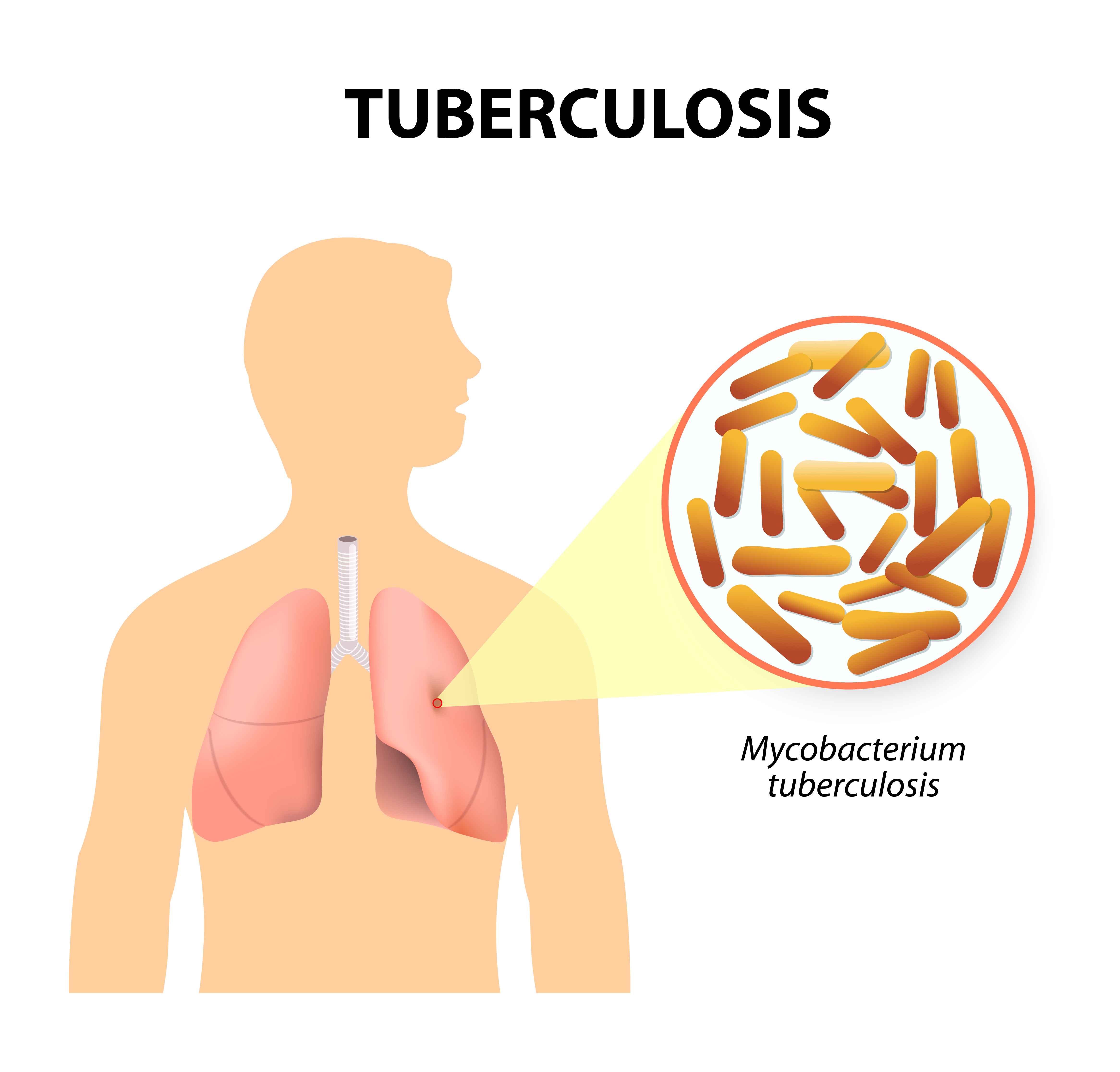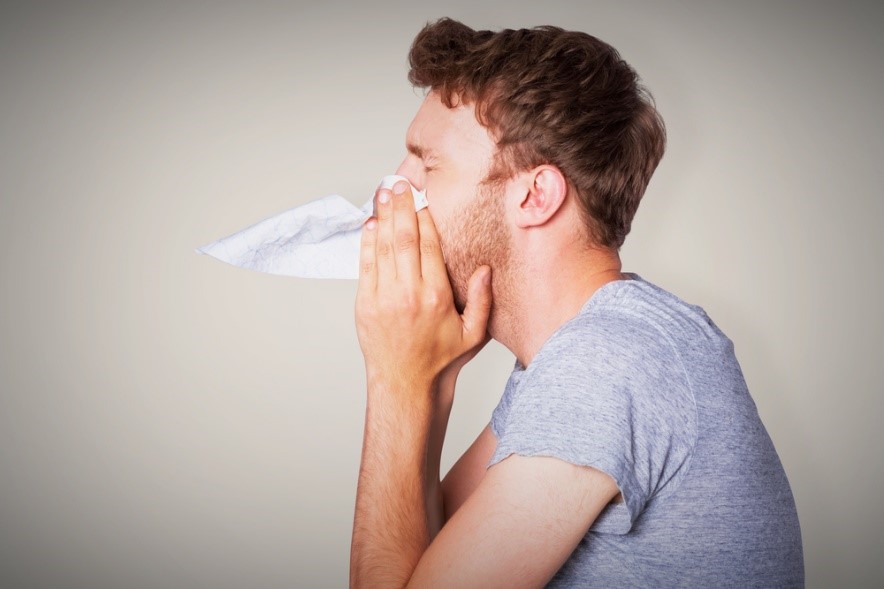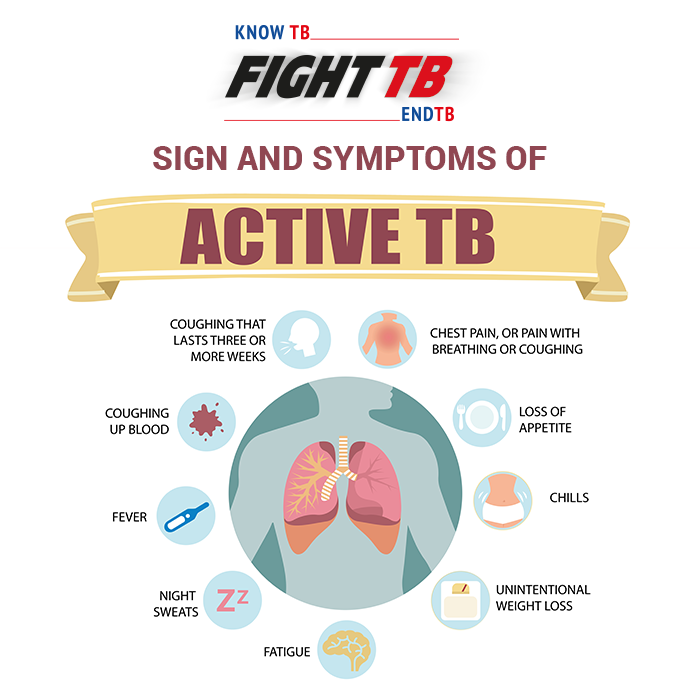Know TB Fight TB End TB
- 3 Apr, 2018
- Written by Team Dr Lal PathLabs
Medically Approved by Dr. Seema
Table of Contents

Tuberculosis (TB) is the second biggest killer globally. Around 10.4 million people contracted TB in 2015, of which 1.8 million died. Although much is being done to increase awareness, the WHO estimates that every year around 9 million people are afflicted with TB, and almost 3 million of these are ‘missed’ by health systems. These misses can be due to various reasons, but lack of knowledge about TB tops the list.
Although there are various types of TB, pulmonary or lung TB is responsible for almost 85 percent of diagnosed cases. Moreover, pulmonary TB mostly occurs along with (or sometimes before) the diagnosis of other types of TB.
What are some common signs of TB?
Here are some commonly associated symptoms of different types of TB:
Pulmonary TB:
- Fever
- Chills
- Sweating in the night
- Chronic cough for over three weeks
- Coughing up bloody sputum
- Decrease or loss of appetite
- Unintentional weight loss
- Generalised fatigue or tiredness
- Chest pain
- Shortness of breath
- Swollen lymph nodes
- Pneumonitis
Skeletal TB (or Pott’s disease):
- Spinal pain
- Back stiffness
- Paralysis
TB meningitis:
- Headache
- Mental changes
- Coma
TB arthritis:
- Pain in a single joint (mostly hips and knees)
Genitourinary TB:
- Dysuria
- Flank pain
- Increased frequency of urination
Gastrointestinal TB:
- Difficulty swallowing
- Pain in abdomen
- Malabsorption
- Diarrhoea (can be bloody)
- Non-healing ulcers
Other than these, any other symptom that is not usual or is causing discomfort must be discussed with a doctor for prompt diagnosis and treatment.
Diagnosis of TB
A patient complaining of the symptoms above should visit a doctor for further investigations. After noting the patient’s complete medical history, the doctor will listen to chest sounds using a stethoscope. He will also perform a physical examination to check if there is any lymph node swelling. This will be followed by some diagnostic tests.
- Skin test (also termed as Mantoux tuberculin skin test or tuberculin skin test or TST): This is the first and foremost test done in all suspected cases of TB. It involves injecting tuberculin into the skin. The area is marked, and the patient is advised not to wash the area for 48 hours. In about 48-72 hours, the skin is examined for swelling by a qualified technician. A positive test indicates that the person is either actively infected or has been exposed to live mycobacteria. A negative test indicates no TB infection. But this test has a shortcoming – it can give false positive results in those who have received the BCG vaccine for TB.
- QuantiFERON-TB Gold: This blood test is performed to confirm or rule out latent or active TB. The advantage of this test is that prior BCG vaccination does not cause false positive results.
- Chest x-ray: A positive skin test is followed by a chest x-ray or a CT scan to look for white spots in the lungs caused by TB bacteria.
- Sputum test: After finding visual signs of TB in the x-ray, a sputum test is done to test for drug-resistant strains of TB. Sputum is a mixture of saliva and mucus coughed up from the respiratory tract .This test helps in choosing the right medications that are most likely to work for the patient.
- TB Culture: This test is done to confirm the presence of TB bacteria, i.e. Mycobacterium tuberculosis. Usually, sputum sample is taken in cases of suspected TB of lungs. But in cases of suspected TB of other body parts, urine or blood sample is taken.
TB is a preventable and curable disease when detected and diagnosed on time. If you or your loved ones are experiencing any of the symptoms listed above, visit a doctor and get the necessary tests done.
Consult your doctor to know more about early diagnosis of TB.
Call our national Customer Care at 011-39885050 for TB testing.














